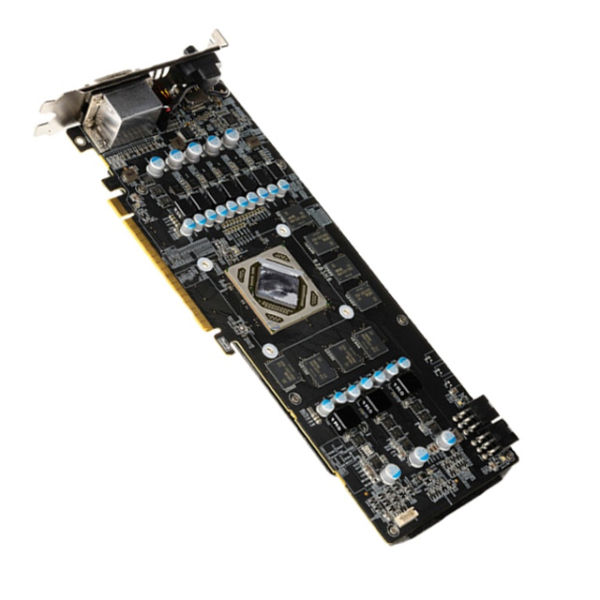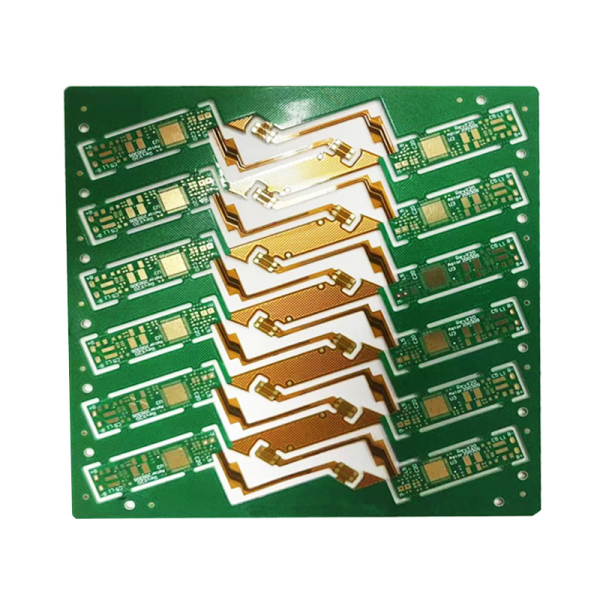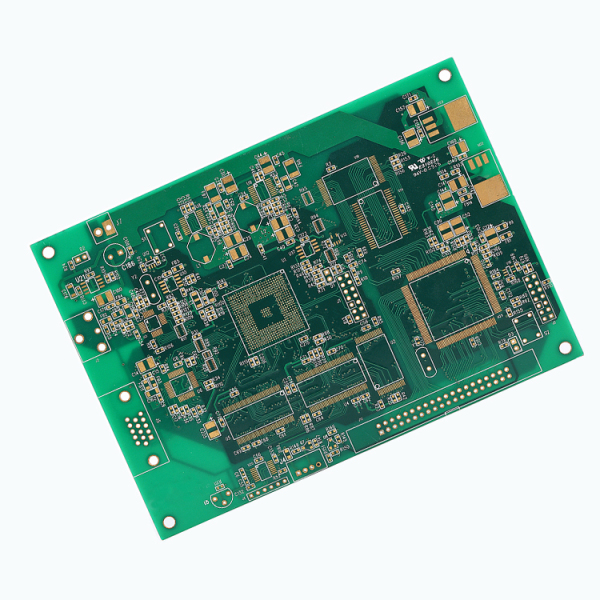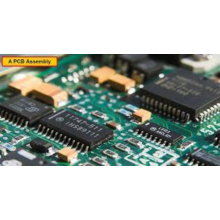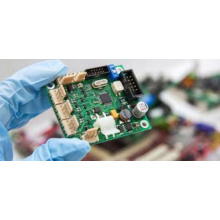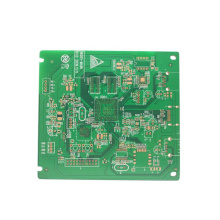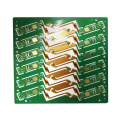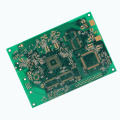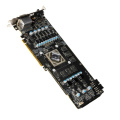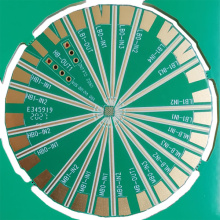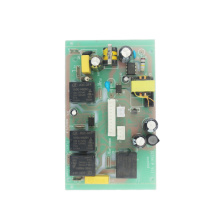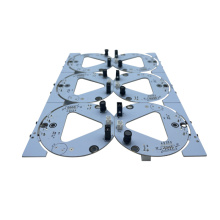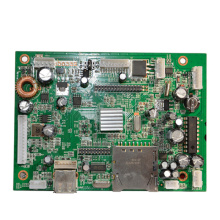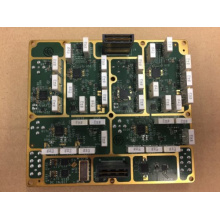Therefore, in SMT, the connection lead PCB is on the surface but the THT connection is usually made on the back PCB layer.
The picture on the right shows the manual soldering process on THT PCB. The process can also be completed by an automatic assembly machine. Pick and place machines are also used for SMT and THT. These machines take the components from the input buffer and place the components in their positions before welding.
Comparison of THT and SMT
When SMT appeared in the 1980s, many believed that THT would gradually disappear due to surface mounting, and it was more cost-effective than Through-Hole Assembly. However, THT manufacturing not only survived the advent of surface mount technology, but also developed during these years. This is because THT has some advantages compared with surface mount technology.
Through Hole Technology (THT)
As usual, we will find some benefits of using this technology as well as some disadvantages of using it.
advantage:
1. Strong mechanical bonding: This makes it more resistant to stressful environments. This technology is the best choice for design systems exposed to mechanical and environmental pressure or high temperatures. Because the leads pass through the circuit board instead of simply being fixed to the surface of the circuit board, THT can withstand stress environments better than SMT.
2. It has higher heat resistance and higher durability in extreme acceleration and collision. This and the aforementioned aspects make THT the technology of choice for the military and aerospace industries.
3. Simpler prototyping and more reliable
4. Easier to replace components
5. More powerful power handling capability: THT provides stronger solder joints that can handle more voltage and more power. When it comes to high power or high voltage or both, THT is the natural choice.
shortcoming:
1. More expensive and more time-consuming: Since the PCB needs to be drilled before soldering; this process requires more time and money.
2. Components limited to one side: This limits the routing area on the multilayer board, as the holes must pass through all PCB layers
3. Reliability and repeatability are low: Whether using manual soldering or Wave Solder for PCBA, these two characteristics will be affected, so the efficiency of the manufacturing process will be reduced.
Surface Mount Technology (SMT)
Now let's look at the advantages and disadvantages of choosing this technology.
<b>Advantages:
1. Reduce production cost: Since there is no need to drill the PCB in advance, the time consumed is lower than THT, but it also reduces the production cost; fewer processes are required. The placement speed of SMT components is ten times faster than THT components.
2. More reliable solder: By using SMD solder paste, the result is more reliable. The components are usually put into the SMT solder paste by the machine, and the template is used to cover the exposed area, and then the PCB is heated to reflow the solder paste. It turns out that this This kind of welding is more reliable and more resistant to shock and vibration.
3. Smaller PCBs and devices: Electronic Components are placed on both sides of the circuit board, allowing higher density. This provides us with a smaller PCB.
4. Lower Electronic Resistor and Capacitor connection: Use a smaller connection area and smaller Electronic Components that produce lower radiated emissions.
shortcoming:
1. The biggest disadvantage: unreliable mechanical and environmental pressure or high temperature. When exposed to this environment and compared to THT, the mechanical connection will become weaker, as described above.
2. Not recommended for high-voltage Electronic Components: Since the tension of the melted SMD solder paste is the reason for maintaining the Electronic Components on the PCB, we can expect that this is not the best choice for assembling large Electronic Components to the PCB. Therefore, this technology will not be able to use high-voltage Electronic Components, and we should look for THT options.
3. More expertise will be required: Generally speaking, in order to design in SMT, more knowledge, design level and more advanced technology will be used.
What to use? THT or SMT? Use together: Mixed Assembly
We have discussed these two technologies, which one can be used according to our needs. But you should also。
